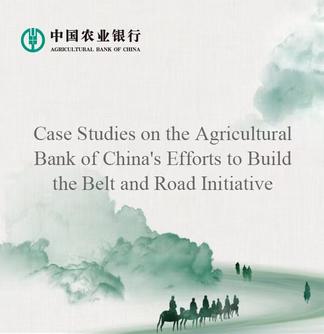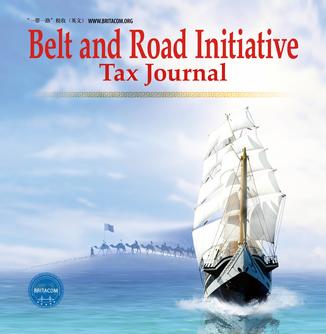URUMQI, May 20 (Xinhua) -- Nearly 270 representatives from China, Russia, Kazakhstan and Mongolia gathered on Tuesday in Altay City, northwest China's Xinjiang Uygur Autonomous Region, for the Greater Altai International Conference for sub-Regional Cooperation.
They discussed on topics such as trade and investment, culture, sports and tourism, sci-tech education, infrastructure, and sustainable growth, and looked forward to deepening cooperation in these field and creating a bright future together.
The Altai sub-region is not merely a geographical concept but of unique cultural-historical significance and with immense potential for cross-regional integrated development, said Vitaliy Snesar, vice governor of Altai Region, Russian Federation, adding that the conference will inject tremendous momentum into future collaboration, paving the way for new mutually beneficial projects.
An international cooperation initiative was released, with all parties agreeing to deepen trade and economic collaboration, jointly carry out agricultural technology research, cultivate superior varieties, and promote efficient production models.
On ecological protection, participants expressed willingness to engage in global governance on climate change, collaborate on key technologies for ecological restoration in arid saline-alkali areas, and promote biodiversity conservation.
The Altai sub-region's fragile ecosystem makes addressing climate change and environmental degradation a shared responsibility, said Jilel Helel, deputy head of the regional science and technology department of Xinjiang. "We aim to build collaborative platforms to share green technologies and governance experience, leveraging high-standard environmental protection to promote high-quality development," he said.
For connectivity, the initiative proposed upgrading cross-border port logistics and carrying out planning and research on overseas sections of cross-border highway and railway corridors.
The representatives also proposed expanding student exchange programs, co-hosting art exhibitions, and intangible cultural heritage events. Sister-city partnerships were also emphasized as a platform for multi-level exchanges.
Four thematic sessions were held, covering trade and economic cooperation, culture, tourism, science and technology, and education.
At one of the parallel thematic sessions, 21 speakers from research institutes, universities, enterprises and government agencies showcased international cooperation projects ranging from cutting-edge agricultural technologies and climate-change adaptation to international student training. Chinese companies presented proven solutions in water-saving irrigation and wastewater treatment, highlighting successful cases of international cooperation in relevant countries within the Altai sub-region.
The conference concluded with the signing of multiple letters of intent on friendly relations and sector-specific cooperation agreements.
The Altai sub-region, spanning about 780,000 square kilometers with a population of over 5.2 million, encompasses the border areas of the four countries connected by the Altai Mountains. The region is characterized by geographical proximity, complementary industries, and abundant natural resources, offering significant potential for cooperation.




 A single purchase
A single purchase








